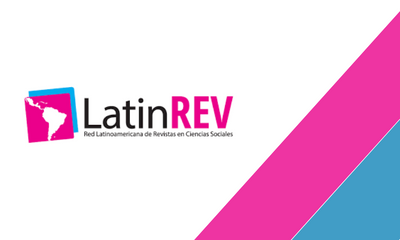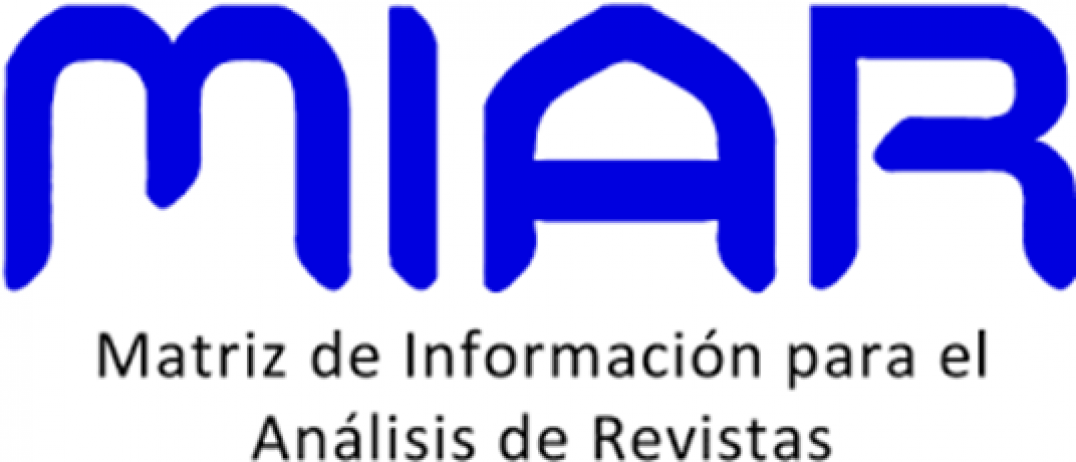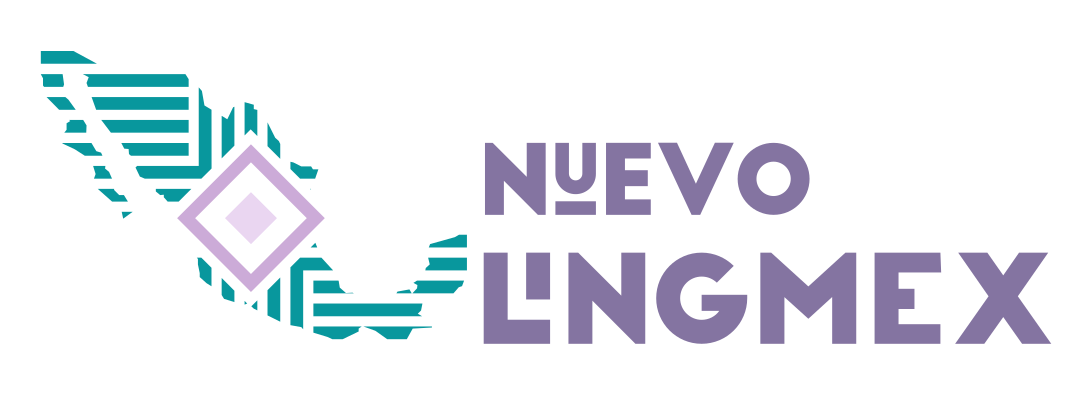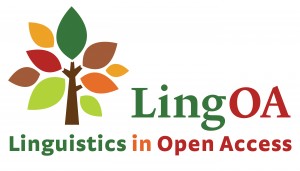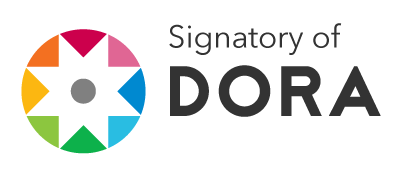Learning Culture Can Also Be Fun: Didactic Proposal to Increase Motivation in the Spanish Language Lab
DOI:
https://doi.org/10.32870/vel.vi21.189Keywords:
motivation, didactic proposal, digital activities, Spanish as L2, higher educationAbstract
Motivating L2 students is a difficult endeavor, especially when their motivation is instrumental. This difficulty becomes a challenge when the aim is teaching these students about the culture of the L2(s) which they are learning. In order for the learning process to be successful and for the students to participate in class (Lantolf, 2000), learners must find the material interesting and fun (Schütz, 1998). One of the tools that language instructors can use to achieve this are games, which have numerous benefits (cf. Gozcu & Caganaga, 2016; Rico et al., 2015). This paper presents a didactic proposal based on games developed through the new technologies. The teaching unit was designed and implemented by our group of Fulbright grantees, for the celebration of two cultural weeks in the Spanish labs: Spain and Mexico. The aim of this lessons was not only to increase students’ motivation, but also their willingness to learn about the culture of Spanish-speaking countries. Finally, the paper also shows part of the results obtained in a questionnaire about motivation completed by a percentage of the author’s students, which reveal that the didactic proposal was a complete success.
Downloads
Metrics
References
Arnold, J. (2015). Trabajando con el ‘entre’ en el aula de ELE. Mosaico. Revista para la promoción y apoyo a la enseñanza del español, 33: 3-11.
Brown, D. H. ([1980] 2001). Principles of Language Learning and Teaching. New York: Longman.
Cardona, L., Rico, C., y Sarmiento, S. (2015). Developing Cultural Awareness: The Text-Driven Approach as Evidence of a Good Language Teaching Practice. Creative Education, 6: 1360-1385.
Carrió-Pastor, M. L., y Mestre Mestre, E. M. (2014). Motivation in Second Language Acquisition. Social and Behavioral Sciences, 116: 240-244.
Centro Virtual Cervantes (1997-2022). Diccionario de términos clave de ELE. Madrid, España. Recuperado de <https://cvc.cervantes.es/ensenanza/biblioteca_ele/diccio_ele/diccionario/motivacion.htm> [consultado en septiembre de 2021].
Company Almagro, R. (2021b). “I just want to graduate!”: Proposal of Cultural Digital Activities as a Tool to Increase Motivation in the Spanish Language Lab. BELT – Brazilian English Language Teaching Journal, 12(1): 1-15.
Condon, E. C. (1973). Introduction to Cross Cultural Communication. New Jersey: Rutgers University Press.
Constantinescu, R. S. (2012). Learning by playing: Using computer games in teaching English grammar to high school students. Education Source, 110-115.
Dema, O., y Moeller, A. K. (2012). Teaching culture in the 21st century language classroom. En T. Sildus (Coord.), Touch the World: Selected Papers from the 2012 Central States Conference on the Teaching of Foreign Languages (pp. 75-91). Wisconsin: Crown Prints.
Dörnyei, Z. (2001). Motivational Strategies in the Language Classroom. New York: Cambridge University Press.
Dörnyei, Z. (2009). The L2 Motivational Self System. En Z. Dörnyei y E. Ushioda (Coords.), Motivation, Language Identity and the L2 Self (pp. 9-42). Bristol: Multilingual Matters.
Dörnyei, Z., y Ushioda, E. ([2001] 2011): Teaching and Researching Motivation. Harlow: Pearson Education.
Ellis, R. (1994). The Study of Second Language Acquisition. Oxford: Oxford University Press.
Fulbright Scholar Program (s.f.): History. New York, EU. Recuperado de <https://cies.org/history>
Fulbright España (s.f.). Comisión España – EE.UU. Madrid, España. Recuperado de <https://fulbright.es/informacion-sobre-fulbright/comision-espana-eeuu/>
Fulbright España (s.f.). Programas y Becas. Madrid, España. Recuperado de <https://fulbright.es/programas-y-becas/>
Fulbright España (s.f.). Lectores de español PARA EL CURSO 2021-2022. Madrid, España. Recuperado de <https://fulbright.es/programas-y-becas/convocatorias/lectores-de-espanol/2022-2023/1711/>
Gardner, R. C., y Lambert, W. E. (1972). Attitudes and Motivation in Second Language Learning. Rowley: Newbury House Publishers.
Gardner-Webb University (s.f.). Where will your talents take you? North Carolina, EU. Recuperado de <https://gardner-webb.edu/>
Gozcu, E., y Caganaga, C. K. (2016). The importance of using games in EFL classrooms. Cypriot Journal of Educational Science, 11(3): 126-135.
Howard, J., y Major, J. (2004). Guidelines for designing effective English language teaching materials. The TESOLANZ Journal, 12(10): 50-58.
Kormos, J., y Csizér, K. (2008). Age-related differences in the motivation of learning English as a foreign language: Attitudes, selves, and motivated learning behavior. Language Learning, 58: 327-355.
Lamb, M. (2016). Motivation. En G. Hall (Coord.), The Routledge Handbook of English Language Teaching (pp. 324-338). New York: Routledge.
Lantolf, J. P. (2000). Introducing Sociocultural Theory. En J.P. Lantolf (Coord.), Sociocultural Theory and Second Language Learning (pp. 1-26). Hong Kong: Oxford University Press.
Lile, W. (2002): Motivation in the EFL Classroom. The Internet TESL Journal, 8(1): 1-6.
López Portillo, A. (2012). Factores que influyen en la motivación del aprendiente en el aprendizaje del español o del inglés como lenguas extranjeras en una universidad de Taiwan, y en otra de Asunción, Paraguay. Revista Internacional de Investigación en Ciencias Sociales, 8(2): 207-220. Recuperado de http://scielo.iics.una.py/pdf/riics/v8n2/v8n2a05.pdf
Masgoret, A., y Gardner, R. C. (2003). Attitudes, Motivation, and Second Language Learning: Meta-Analyses of Studies by Gardner and Associates. En Z. Dörnyei (Coord.), Attitudes, orientations and motivations in language learning: Advances in Theory, Research, and Applications (pp. 167-210). Oxford: Blackwell.
Nieto, S. (2002). Language, Culture and Teaching: Critical Perspectives for a New Century. New Jersey: Lawrence Earlbaum Associates.
Rico, M., Agudo, J. E., y Sánchez, H. (2015). Language Learning through Handheld Gaming: a Case Study of an English Course with Engineering Students. Journal of Universal Computer Science, 21(10): 1362-1378.
Schütz, R. E. (1998). Stephen Krashen’s Theory of Second Language Acquisition. Recuperado de <http://www.sk.com.br/sk-krash.html>
Tragant, E. (2006). Language Learning Motivation and Age. En C. Muñoz (Coord.), Age and the Rate of Foreign Language Learning (pp. 237-268). Clevedon: Multilingual Matters.
Tremblay, P. E., y Gardner, R. C. (1995). Expanding the Motivation Construct in language Learning. Modern Language Journal, 79: 505-518.

Downloads
Published
Versions
- 2024-08-30 (2)
- 2022-12-01 (1)






